Imagine this — it’s Friday afternoon, and you’re at the office. You’ve had a long and hectic week. You’re tired and ready to start your weekend.
All you can think of is relaxing, sleeping in, and doing something that helps you unwind. The coming week promises to be hectic too, so you really need to refresh your mind and body.
You pick up your phone to message a friend about lunch and movie plans for Saturday. Maybe that’ll relax you. But then you think of all the traffic on the road, the long drive into the city, and hoards of people, all coming out for the weekend.
Nah! That sounds more tiring than relaxing.
And then you open your email and see this:

Just what you need, exactly when you need it.
What could be more relaxing than a day at the spa, especially when you get a discount on it?
You’ve been to this spa before, and you know their service is excellent. As a subscriber to their newsletter, you also know that the spa recently set up a coffee and salad bar for guests.
Let’s stop imagining and get back to the real world.
Has this ever happened to you? Have you ever looked for a product, idea, service, or event to go to and found the answer in your inbox?
Just like that, your customers could find what they need from the emails you send them.
You may already be sending transactional emails, like booking confirmations or subscription renewals, but how do you keep the communication going even when there are no active transactions?
The answer — send out regular newsletter emails.
Why do you need a newsletter?
As a health and fitness business, there’s a lot of information you can share with your newsletter subscribers. You can use your newsletter as an opportunity to
- Educate and inform subscribers about the latest health trends
- Bust fitness myths
- Drive subscribers to your social pages in order to build a social community
- Send exciting offers
- Advertise the events you’re hosting
- Communicate changes to your fitness class schedule
- Feature a trainer or other employee
- Give a peek into how your business runs
- And more
Creating and sending regular newsletters helps you communicate with your customers. You can stay top of mind and ensure that they think of you every time they need the services you offer.
A newsletter also helps you build a brand personality and familiarity, making you instantly recognizable in a crowded inbox.
How to create newsletters for your health and fitness business
Now that we know why newsletters are important, let’s dive into the process of creating them. Developing a newsletter that engages readers and drives action is a three-step process:
1. Plan
2. Design
3. Create
Let’s discuss the different elements within each step.
Step 1: Plan
This step requires you to answer the following questions:
What’s the purpose of your newsletter?
While the larger purpose of every newsletter is to keep up the communication between a business and its customers, you also need to think of a more specific purpose.
Do you want to drive more traffic to your website? Do you want subscribers to read your fitness blogs? Do you want subscribers to engage with you on social media? Do you want to update subscribers about upcoming and ongoing promotions, sales, discounts, or events?
For example, let’s say you own a fitness center and have an in-house nutritionist, dietician, and personal trainers, and you want more people to book sessions with these experts. The purpose of your newsletter could be to drive people to make appointments. You could include blogs or videos by these experts talking about the benefits of their services. Or you could add discount coupons in the newsletter to encourage bookings.
When you know the purpose of your newsletter, it’s easier for you to decide what content to include. This also helps you keep your tone and communications consistent.
Who is your audience?
To create effective newsletters, you need to understand your audience and what they need. What age group does your target audience fall into? Is your audience a specific gender? Does your audience have special requirements?
For example, if you run a yoga studio that offers prenatal yoga classes, you already know your audience is pregnant women. Apart from offering discounts on classes, you can share information about healthy eating during pregnancy, ways to stay active during pregnancy, and other information relevant to your audience.
If you have multiple services, and your audience isn’t restricted to a certain age group, gender, or specific need, you can create newsletters that cover a wider range of topics. Looking back at our yoga example, if the studio offers yoga classes beyond prenatal, the newsletter can be directed toward men and women and can cover the different kinds of yoga, yoga’s health benefits, the classes you offer, and more.
How often are you going to send your newsletter?
You need to send newsletters regularly and consistently. Plan how many newsletters you’ll create and send each month, and think about how much content you’ll need. If you’re just starting out, plan to send one newsletter a month. You can increase the frequency if you have more content you’d like to share. Remember — once you decide on the frequency, stick to it.
Step 2: Build
Once you figure out the purpose of your newsletter, who your audience is, and how often you’re going to send it, it’s time to start building.
The first step is to create the foundation of every newsletter that you’ll send — the master template.
The master template is a reusable template that aligns with your brand personality. Every time you need to send a newsletter, all you have to do is fill in new content and relevant images. This helps you build brand familiarity and makes your email instantly recognizable to your subscribers.
This is what a master template looks like:

5 elements of a master template
Brand personality
Think of the brand colors, logo, and design style across your website, social media platforms, and other communication channels. Your newsletter must look and feel the same. Also, always put your business logo on top so subscribers immediately recognize your brand. This will help you build a strong brand personality.
Layout
Unlike a promotional or seasonal email, a newsletter has multiple content blocks. Choose a layout and a template that allow you to highlight each piece of content within the newsletter. The layout must enhance each section and present it as a valuable piece of information.
Constant Contact offers multiple templates that are specially designed for health and fitness businesses. Here’s an example that shows a predesigned newsletter template:

Mobile optimized
The majority of your subscribers are more likely to open your newsletters on their mobile phones than on a desktop computer. Choosing a template that’s mobile-optimized ensures that the effect, value, and experience you’re offering isn’t compromised. The template, images, and content must all be optimized for mobile to guarantee value for all of your subscribers.
Number of content blocks
While three content blocks are ideal for a newsletter, you can add more or fewer, according to the amount of content you have to offer to your subscribers. Choose a template that allows you to add the number of content blocks you need.
Simple but strong
Choose a simple but strong layout for your newsletter. Adding too much content and too many colors, images, or different fonts will only make your newsletter look chaotic. Aim to keep it easy on the eyes, powerful, and effective.
Step 3: Create
Now that you have your master template ready, it’s time to understand how to create compelling content to fill it.
Here are the different pieces of content you need to create:
Subject line
The subject line is the first thing your subscribers will see in their inbox. In about four to seven words, you must be able to compel your subscribers to open the email. You can choose to be direct or pique interest by teasing the reader. For your health and fitness newsletter, you can choose a powerful subject line, like “Monthly health update,” or keep it simple, like “The latest health and fitness trends.”
Preheader text
The preheader text is an extension of your subject line. In about five to eight words, you elaborate on what the reader can expect in the email. You can add more information about what the email contains, such as “Learn about the top 5 health trends of the month.”
Newsletter title
Every newsletter you create must have a central theme that runs through all the content. Use the newsletter title to showcase what you’re offering. For example, if you have a variety of content in your newsletter, you can choose a title like “Your monthly dose of health & happiness.” If you’re highlighting the top three informational blogs of the month, you can choose something like “Fun fitness facts for you.”
Message body
Place your content blocks in a way that highlights each block. Add a summary or introduction for each block. For example, if you’re placing your top three blogs of the month, summarize what the posts are about to lead people to read the full posts. Add a call-to-action button to tell people what action you want them to take.
Let’s assume your content blocks are talking about the different massage therapies you offer. The call to action must take them to a page that has more information about the therapy or allows them to book a session for the therapy — depending on your purpose.
If you’re struggling with what to include in your newsletter, here are some ideas:
- Fitness facts and information. You could use your newsletter to help subscribers learn more about fitness, bust myths, or give tips on wellness and other information that helps them improve their health.
- Healthy recipes. There are tons of food trends out there. You can feature a recipe for something healthy and popular. Don’t forget to include an image of the finished product.
- Customer or staff stories. You can create newsletters that highlight stories from your customers or the staff that helps you run your business.
- Blog highlights. If you have an active and engaging blog (which you must!), use your newsletter to direct readers toward the best blogs of the month.
- Social media updates. You can integrate your email and social efforts, highlighting all the buzz your social media followers are creating on different platforms. This is also a great way to engage people across platforms.
- Events and offers. You can use your newsletter, or a section of it, to tell people about events and offers that your business is running or even curate local health and fitness events that may be interesting to them.
- Links to sign up for different classes. You can find out what other things your subscribers are interested in. With Jotform, you can easily create forms for people to sign up for classes, additional updates, and more.
Images and visuals
Content isn’t just text; it’s also the images you include. Always choose real, relevant, and inclusive images that your subscribers can relate to. The latest trends for imagery in the fitness industry highlight the need to be realistic, inclusive, and relatable.
Once you’ve assembled all of your content and populated your template, this is what the final newsletter will look like:

A dose of health and fitness in the inbox
As the owner of a health and fitness business, you know your subscribers are looking to live healthier and happier lives. Sending them regular newsletters that open up a world of relevant information, exciting promotions, and other stories from your business will keep them engaged. There’s so much you can talk about to keep the communication going.
Newsletters not only help you build a positive brand identity and familiarity among your email subscribers and customers, but they also drive more action.
With this three-step process — plan, build, and create — you can easily create and send regular newsletters and stay in touch with those who want to hear from you.









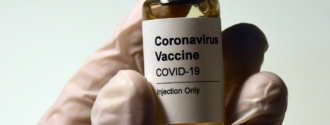


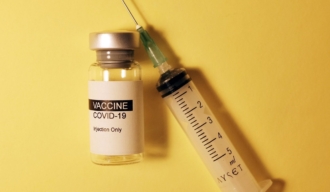




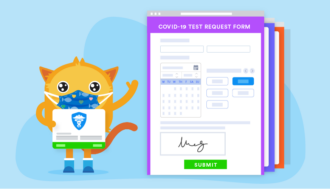



















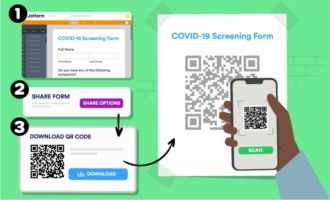












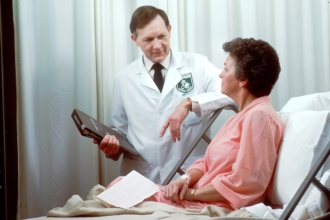

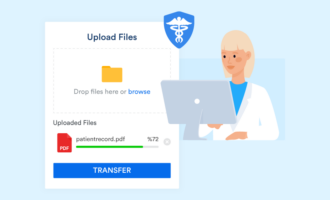






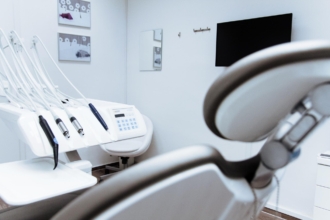

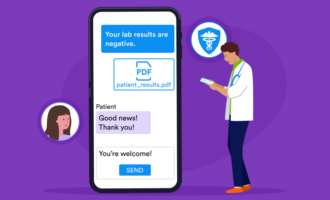



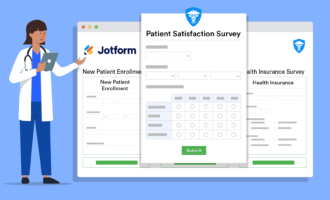






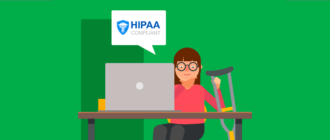


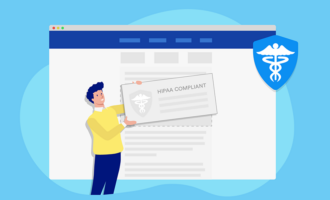

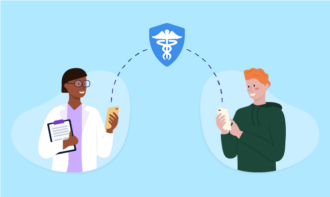
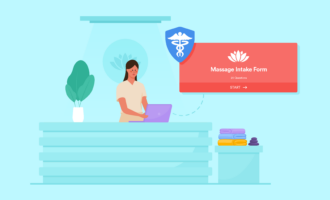



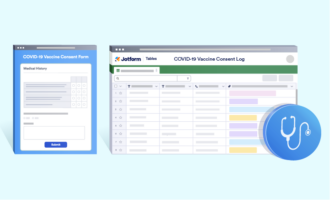













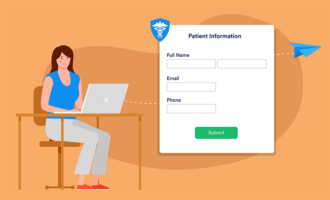
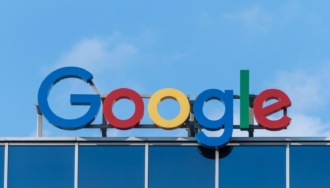




Send Comment: